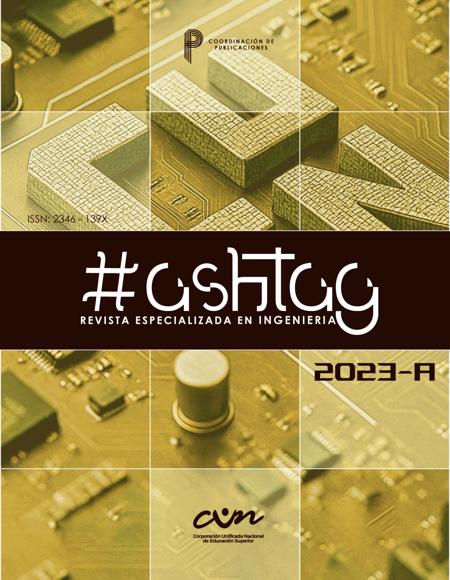Application for the control of the energy expenditure of the medical offices of the polyclinic Orestes Falls Oñate
Aplicación para control del gasto energético de los consultorios médicos del policlínico Orestes Falls Oñate
Main Article Content
Abstract
In this research, a web application was developed to control the energy expenditure of the medical offices of the Orestes Falls Oñate Polyclinic, using free software tools, based on Python and JavaScript technology and the database management system. PostgreSQL relational. In the system development process, the Extreme Programming (XP) methodology was used, along with the Unified Modeling Language (UML). A client-server architecture was implemented, in this architecture, communication between the frontend and the backend is done through REST APIs. The proposed system contributes to making all information accessible and achieving a reduction in time searching for possible errors in the process, saving work time and cost, and perfecting the work system, allowing for improved staff conditions.
Downloads
Article Details
References (SEE)
Barrera, J. J. (2021). Propuesta de un plan de eficiencia energética en el hotel Chrisban Hotel Boutique. (Tesis de Grado, Universidad Antonio Nariño). https://repositorio.uan.edu.co/500
Canaviri, C. G. (2019) Protocolos de eficiencia energética en instalaciones eléctricas y redes informáticas para el proyecto Mega Centro de llamadas DATACOM-ENTEL. (Tesis Doctoral, Universidad Mayor de San Andrés). https://repositorio.umsa.bo/xmlui/handle/123456789/32646.
Canós, J. H., Letelier, P. y Penadés, M. C. (2011). Métodologías Ágiles en el Desarrollo de Software. DSIC -Universidad Politécnica de Valencia.
Espinosa, M del P.., Castro, C., Sánchez, R., y Oviedo, F. (2020). La relación sujeto-objeto durante el proceso de educación energética en estudiantes de técnico medio en electricidad en Cuba. Revista Científica de FAREM-Estelí: Medio ambiente, tecnología y desarrollo humano, (35), 15-30. https://dialnet.unirioja.es/servlet/articulo?codigo=7623840
Espinoza De La Grecca, L. A. (2023). Implementación de un sistema fotovoltaico y su influencia en la eficiencia energética del alumbrado interno de la Universidad Ricardo Palma en el 2020. (Tesis de maestría, Universidad Ricardo Palma). https://repositorio.urp.edu.pe/handle/20.500.14138/6443
Hidalgo, J. M. (2014). Aplicación de la Prueba de la Necesidad para el diagnóstico energético del Hospital Clínico Quirúrgico Dr. Carlos Font Pupo de Banes. (Tesis Doctoral, Instituto Superior Minero Metalúrgico De Moa). http://ninive.ismm.edu.cu/handle/123456789/2185
Letelier, P. y Penadés, M. C. (2012). Metodologías ágiles para el desarrollo de software: eXtreme Programming (XP). Universidad Politécnica de Valencia, 17. https://www.researchgate.net/profile/Patricio-Letelier/publication/28109707_Metodologias_agiles_para_el_desarrollo_de_software_eXtreme_Programming_XP/links/54ad00f10cf2479c2ee86820/Metodologias-agiles-para-el-desarrollo-de-software-eXtreme-Programming-XP.pdf
Martino, H. (2023). Manual sobre la Aplicación de Medidas de Eficiencia Energética en Edificios Municipales. https://sedici.unlp.edu.ar/handle/10915/148968
Pressman, R. S. (2002). Ingenieria del software: un enfoque practico (5.a. ed). Mcgraw-Hill Interamericana.
Stein, N., Consoli, E., Cohendoz, L. y Vereertbrugghen, D. (2023). Red de aprendizaje en eficiencia energética de cooperativas y empresas recuperadas (UNPAZ-Madygraf). In XXVIII Reunión Anual Red Pymes Mercosur. Universidad Nacional de Córdoba. https://www.aacademica.org/natalia.stein/32
Zambrano, E. E. A. y Real-Pérez, G. L. (2021). Las PYMES y la eficiencia energética con la ISO 50001. Polo del Conocimiento: Revista científico-profesional, 6(6), 674-694. https://dialnet.unirioja.es/servlet/articulo?codigo=8016995








